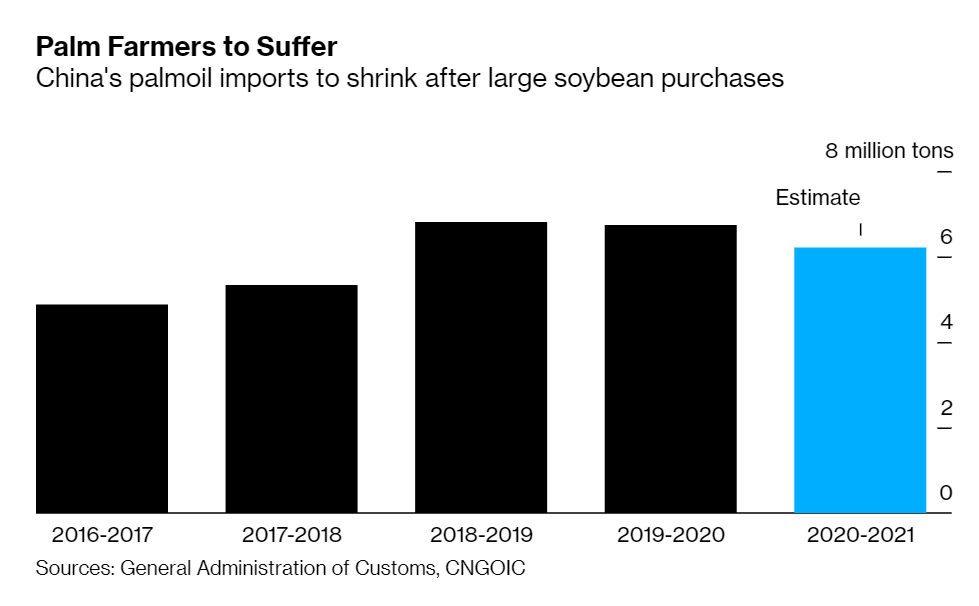Day 3 of the AG Supply Chain Asia 2021 conference moved on to policy, economics, and weather factors relevant to the US grain industry. There were some interesting news and updates on these fronts, including ongoing evaluation of the Comprehensive and Progressive Agreement for Trans-Pacific Partnership (CPTPP) by the new Biden administration, expectations that the USD80 billion of farm purchases by China will push up US produce prices, and predictions of La Nina dissipating in the first month of spring in North America, resulting in sudden spells of precipitation to the region.
Source: Garriss (2021)
Interestingly, the third day of the conference also included presentation on aquaculture and aquafeed, particularly shrimp. It gave several interesting insights into the industry, such as projections of the aquaculture supply chain are also discussed, such as declining live marine fish processing, forcing players to look for ways that would allow them to keep their produce over a much longer period of time. Notably, however, the presentation emphasised on the sustainability of aquaculture practices, particularly that of unused feed, i.e., uneaten feed and feed passed into faeces, discharging into lakes and destroying the quality of water, and offered a distiller’s dried grain with soluble (DDGS) as a possible alternative to the usual soybean meal and wheat flour fed to shrimps.








